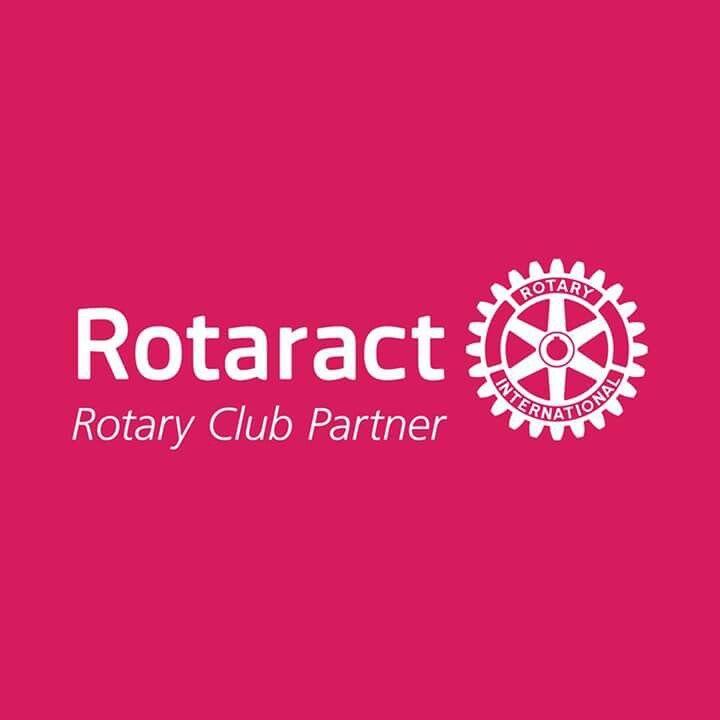
This article explores the origins of Rotaract, tracing its roots back to its founding in 1968. It highlights the vision behind the movement, how it started as a youth wing of Rotary International, and how it has evolved over the decades to become a global force in service and leadership development.
Rotaract, a portmanteau of “Rotary in Action,” was officially launched in 1968 as a Rotary-sponsored organization for young adults. Rotary International, already known for its service-oriented focus, wanted to create a platform where younger generations could participate in community service, develop leadership skills, and foster international understanding.
The inaugural Rotaract club was chartered on March 13, 1968, at the University of North Carolina, Charlotte, marking the birth of a movement that has since grown to include over 10,000 clubs across 184 countries.
The formation of Rotaract came in response to the growing number of young adults who were passionate about service but lacked a formal avenue to contribute within Rotary’s established structure. The founders envisioned Rotaract as a way to:
• Engage young leaders and empower them to take on significant roles in their communities.
• Provide mentorship and professional development through Rotary-Rotaract collaboration.
• Foster international goodwill and understanding, which was central to Rotary’s mission.
Rotaract was meant to serve as a bridge—connecting young people to opportunities for leadership, learning, and service, while strengthening their connection to Rotary’s global network.
From the very first club, Rotaract quickly expanded across continents. By the 1970s, clubs were forming in Europe, Africa, Asia, and Latin America. Rotary International worked to ensure that each new Rotaract club would embody the core values of service, fellowship, leadership, and integrity.
• 1968: The first club was founded at the University of North Carolina.
• 1971: Rotaract had already expanded to 50 countries, marking its global influence.
• 1985: Rotaract celebrated the chartering of its 5,000th club, solidifying its place as a major youth movement worldwide.
By the early 2000s, Rotaract had grown to more than 200,000 members, cementing its role as an essential part of the Rotary family.
As the world continued to change, so did Rotaract’s mission and focus. Initially, the organization served mainly as a youth service club, but over the years, it evolved into a platform that emphasized not just service, but also personal and professional development.
By the early 2010s, Rotary International recognized Rotaract as more than just a youth arm; it became a fundamental part of the Rotary ecosystem. With more autonomy and flexibility, Rotaract members started taking on bigger projects, forming partnerships with Rotary clubs, and addressing global challenges like education, health, and economic development.
• Service projects expanded from local initiatives to include global impact programs.
• Professional opportunities within Rotaract grew, offering young leaders avenues to hone skills in project management, public speaking, and organizational leadership.
Rotaract remains deeply connected to Rotary International, with many Rotaract clubs sponsored and supported by local Rotary clubs. This relationship offers mentorship, guidance, and access to resources that help Rotaract clubs succeed in their mission.
Rotaract’s affiliation with Rotary enables it to:
• Collaborate on larger-scale projects.
• Access a network of experienced professionals.
• Participate in Rotary International conferences and events.
This relationship has also fostered a pathway for Rotaractors to transition into Rotary membership, as many young leaders find their home in Rotary after their time in Rotaract.
Today, Rotaract is a thriving global organization with over 200,000 members worldwide. It continues to live out the vision of its founders, empowering young professionals to make a difference in their communities while developing leadership skills that will last a lifetime.
With each new Rotaract club chartered, the legacy of service grows stronger.
As Rotaract looks toward the future, it remains committed to the ideals that founded the organization: Service Above Self, international understanding, and the empowerment of young people to become the leaders of tomorrow.
By understanding the history and founding of Rotaract, we gain insight into how this remarkable organization has remained relevant and impactful over the past 50+ years.